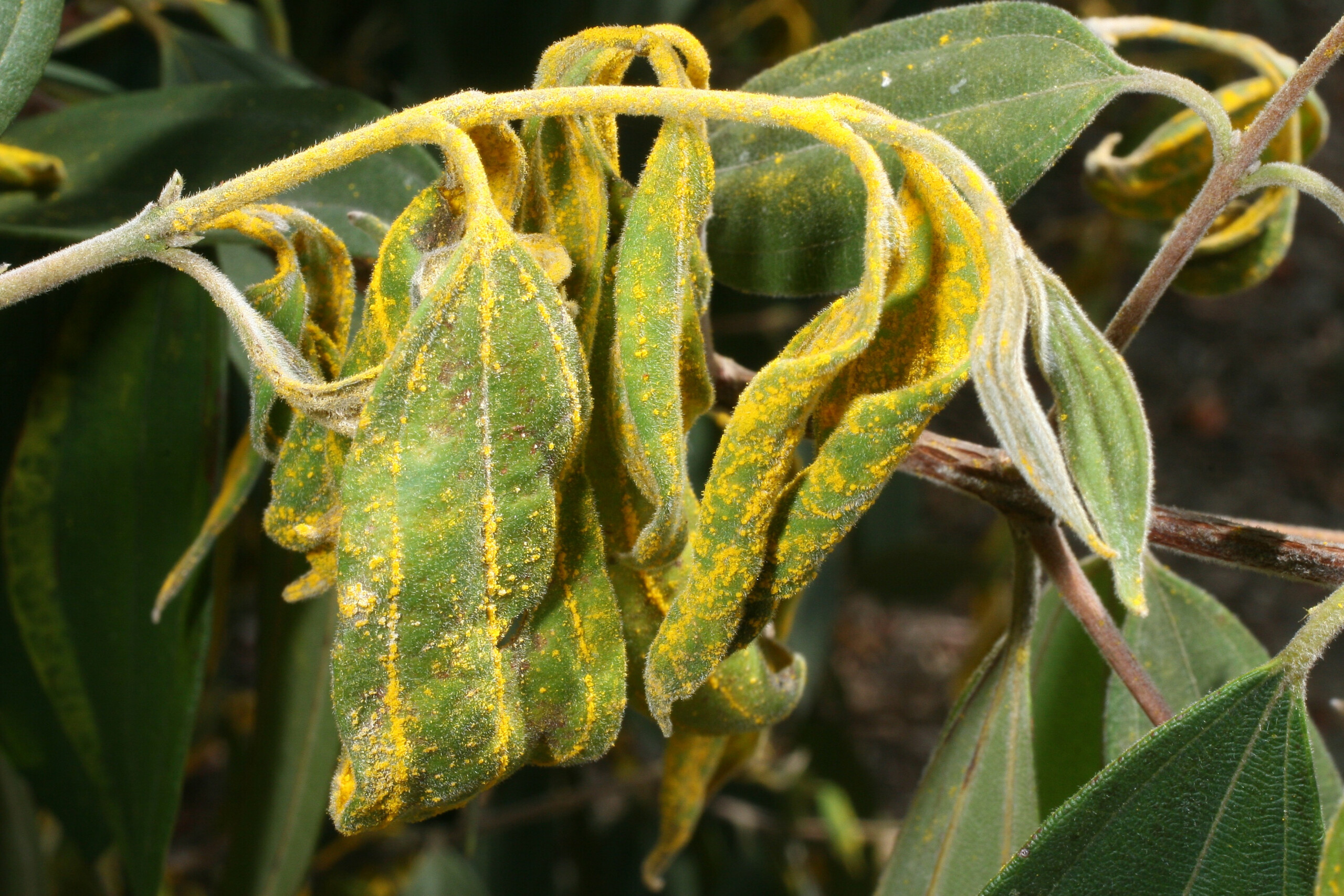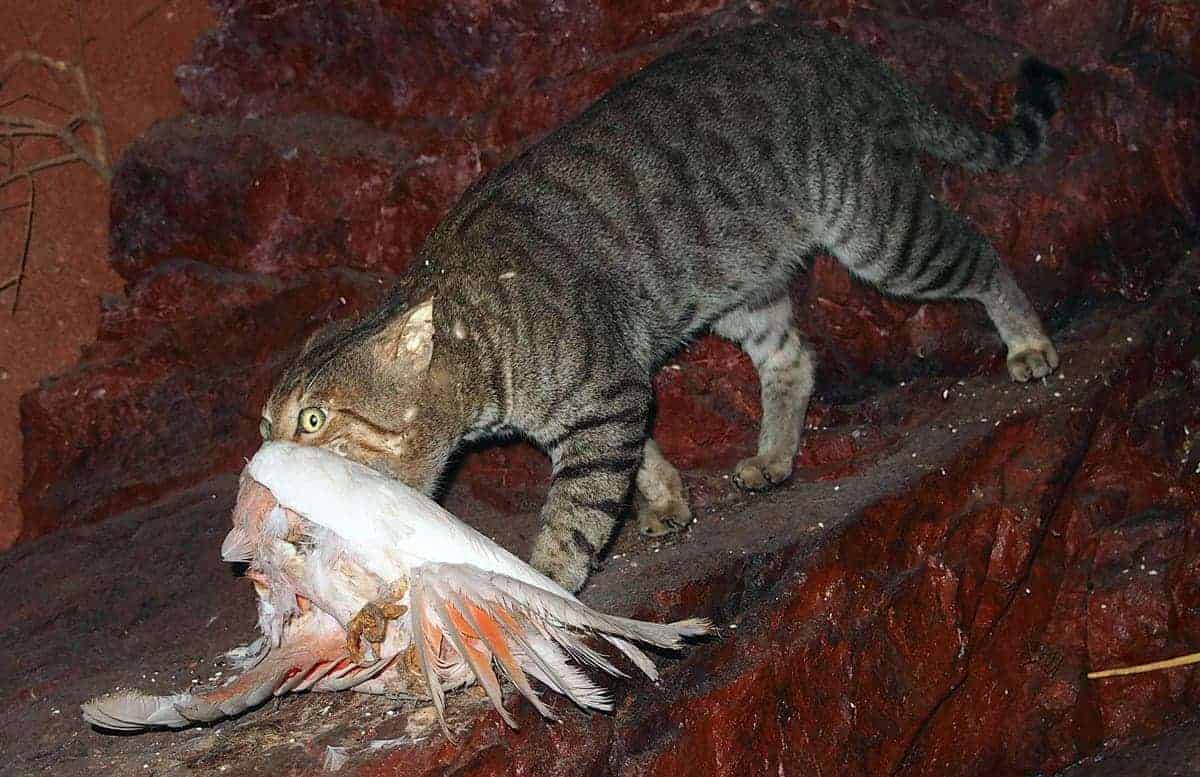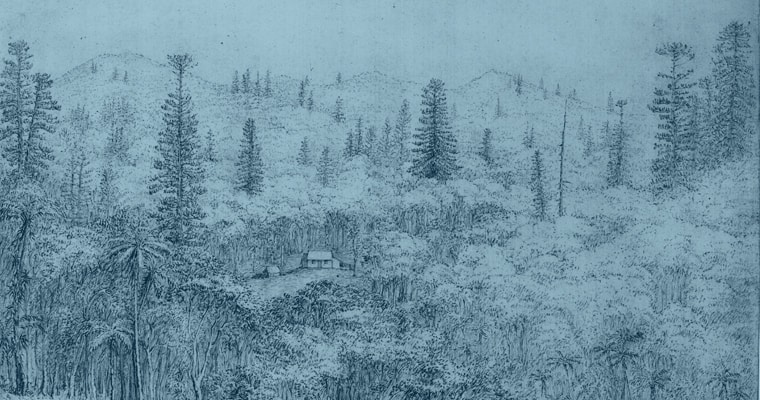The Australian Government must ramp up safeguards to protect Norfolk Island’s threatened wildlife from invasive species, a report released today by the Invasive Species Council and Island Conservation warns.
Far from any land mass, hundreds of unique plants and animals that have evolved on Norfolk Island are susceptible to decline when the island’s isolation is breached by human-introduced species.
“Norfolk Island is an ocean jewel highly vulnerable to invasion by dangerous new invaders,” the council’s CEO Andrew Cox said today.
“Many of its species, including the Norfolk Island green parrot, found nowhere else on Earth, are being pushed towards the brink of extinction because of invasive species.
“Rats are the most destructive predator on the island, responsible for the loss of several bird species found nowhere else on Earth. Feral cats are also a major threat to the island’s wildlife.
 Photos available with this story can be downloaded here and include the Norfolk Island green parrot. Please credit photos as specified in file names.
Photos available with this story can be downloaded here and include the Norfolk Island green parrot. Please credit photos as specified in file names.- Download the report >>
- Download media backgrounder >>
“Weeds are suppressing and eliminating native plants, reducing the number of nesting hollows available to owls and the island’s iconic green parrots.
“The Argentine ant – a recent arrival on the island – will cause serious harm if it is allowed to spread across the island, due to its aggression and need for protein.”
With the island now in transition from being self-governed to one governed by Australia the Invasive Species Council is calling on the federal government to implement an exemplary biosecurity system.
“With its new biosecurity tools, the Australian Government has the opportunity to stop the flow of new invaders and secure a future for Norfolk’s unique wildlife,” Mr Cox said.
The Invasive Species Council and Island Conservation have developed 25 recommendations to set Norfolk Island on that path. They include analysing risks and the pathways of new species arrivals, declaring Norfolk a biosecurity zone and eradicating harmful invaders.
“These reforms represent an exciting opportunity to reverse the decline of many Norfolk species, save on large amounts of funding for on-ground conservation, and improve the island’s appeal as a nature tourism destination.”
The report, Norfolk Island: Protecting an Ocean Jewel, was launched in Melbourne this week at the annual general meeting of the Invasive Species Council, where Dr Ray Nias delivered a keynote talk about island conservation in Australia and the southwest Pacific.
“A new biosecurity regime that provides exemplary protection for the island would reset the future for this incredible ocean jewel and its island life,” Mr Cox said.
Funding for this work was provided by the Lord Mayor’s Charitable Foundation (Eldon & Anne Foote Trust Donor Advised Program 2016) and the Packard Foundation.
For comment
Invasive Species Council: CEO Andrew Cox – 0438 588 040.
Island Conservation: southwest Pacific director, Dr Ray Nias – 0414 917 297.






 Photos available with this story can be
Photos available with this story can be 


